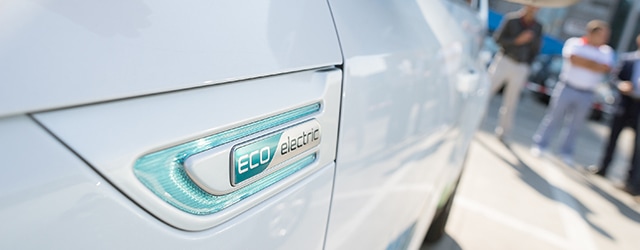Can the country bankon lithium powered“white petroleum” industry to bump up its economy?

If more than 500 million electric cars are operating around the world in 2040, as is expected, at least 3.6 billion lithium-ion batteries will be installed in them, and many million more will be needed in stores for replacement.
These batteries cannot work without lithium, and this powerful chemical element is abundant in Chile. This logic forms the cornerstone of a new Chilean “white petroleum” industry, which could attract $10 billion in investment and generate 10,000 new jobs.
The development of lithium production is one of the main goals of Corporación de Fomento de la Producción (Corfo), the Chilean economic development agency for the promotion of new industries. Last month, seven companies—Russia’s TVEL/Rosatom; China’s Fulin Group, Jiangmen Kanhoo and Gansu DET; Belgium’s Umicore; Korea’s Samsung SDI; and Chile’s Molymet; were chosen by Corfo to deliver their final projects by December 1st. One to three of them will be authorized to produce lithium within two years in the Chilean regions of Atacama and Antofagasta.
According to Jaime Alee, director of the Center for Lithium Innovation at the University of Chile, investment in this sector is strategic for the consolidation of the electric car market. Before the release of new models of electric cars, the automobile companies want to ensure that the battery manufacturers can provide batteries for replacement.
The battery companies also need to ensure that the lithium producers are ready to guarantee future supplies.
Chile owns 54% of the world’s lithium reserves—around 14.3 million cubic tonnes—with a production cost estimated at $2 per ton. Its reserves are deposits of sand and salt that, long ago, comprised the sea floor.
After the extraction of sand, lithium is isolated and treated with acid, resulting in lithium chloride—the raw material for the energizing component of the batteries.
Corfo estimates that in five to 10 years, the production of lithium in Chile could rise by 70%, which would ensure an annual production of 500,000 tons. In 2016, 76,000 tons of lithium was produced.
But it is still unclear if Chile will be able to attract the level of investment from battery and electric car manufactures for lithium production that the Chilean government and Corfo expect.
“The price of a battery is 100 times bigger than that of lithium, and the price of a car is 1,000 times bigger than the battery,” explains Alee. “To add value, it is more likely that the production of the energizing component of the batteries, which have lithium as its main [ingredient], will take place in Chile.”



